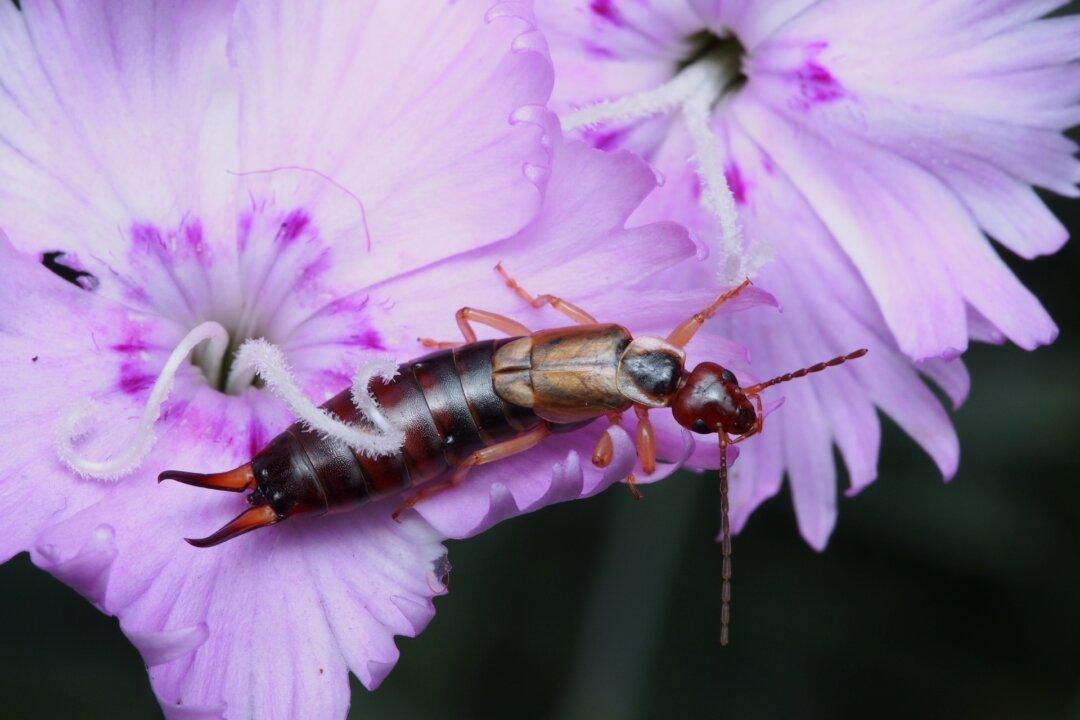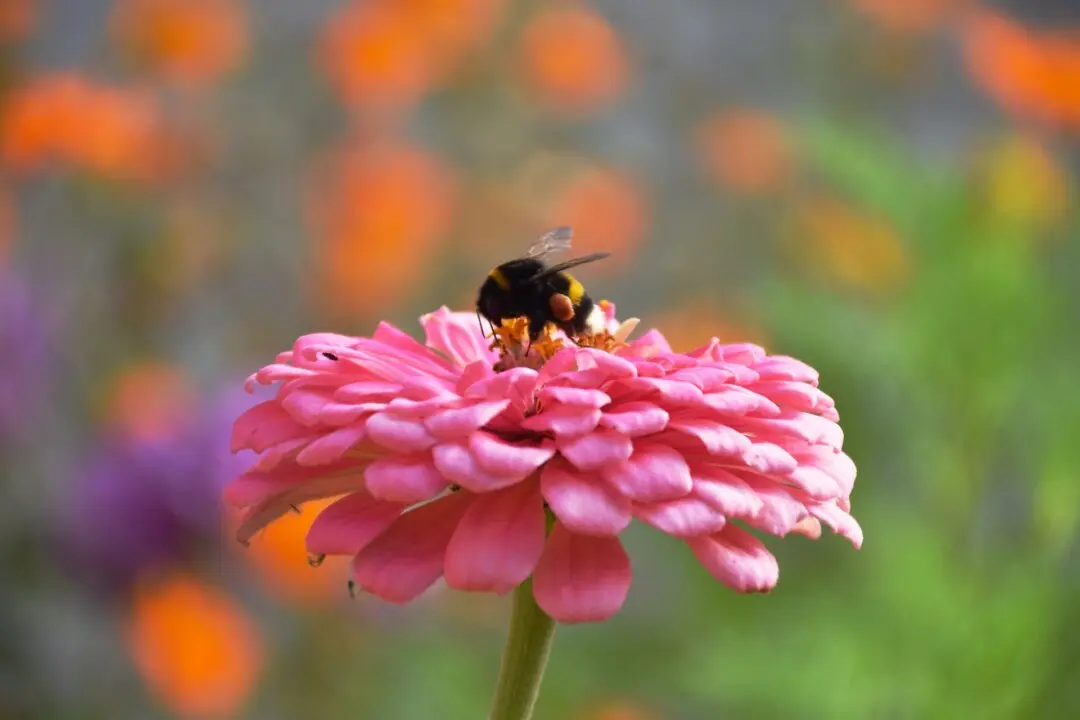Q: We were looking at our flowers the other evening and saw an amazing insect with huge pincers on its rear end. What is it, does it do any damage and how do we get rid of it, if it does?
A: An insect pest many people seem to have this summer is the earwig. They are 1-inch-long insects with pincers on the back end. They can pinch, but not too hard, and they don’t bite or sting. They lay eggs in soil in the fall that hatch in the spring and grow into adults in late spring or early summer.





